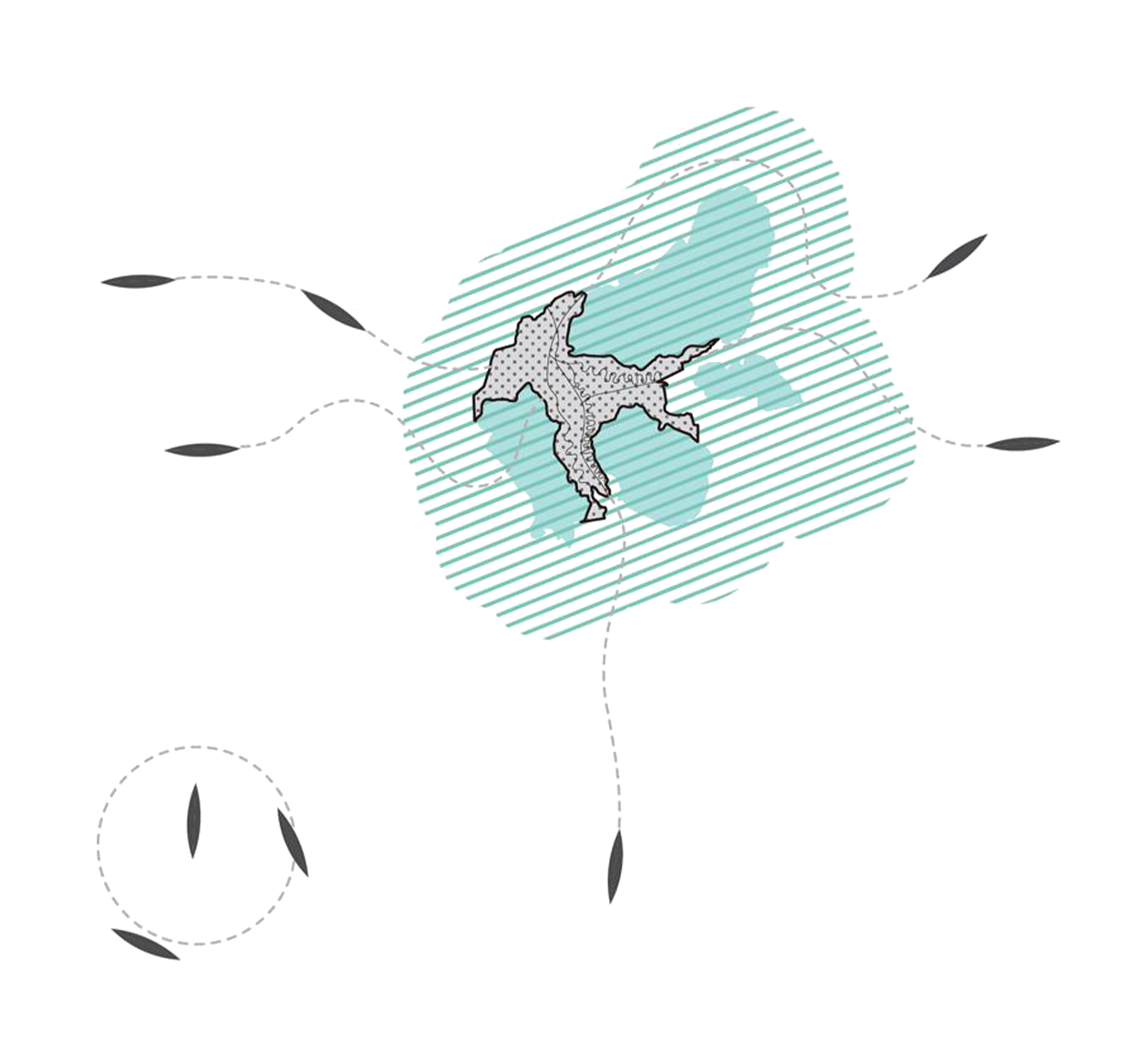Abstract
In 1975, Jay Appleton formulated the prospect-refuge theory which postulates that in the natural environments, the immediate aesthetic pleasure derives from the ability to see without being seen. Further theory, put forward by Rachel and Steven Kaplan in 1989, known as the information processing theory, proposes that aesthetic reactions to the landscape can be identified by four predictors based on the ability to understand and explore the natural environments. These two theories, both taking humans’ survival needs as a foundation, yet parallel with each other, and complementarily contribute to the topic of landscape preference. While, in terms of landscape design, these propositions have been extensively considered as valuable methods to cite for the desirability of a natural environment. However, there is so far only limited studies which have applied them in landscape design projects. Clearly, there is a great gulf between theoretical terms and design disciplines which has not yet been bridged.
Based on that, this research was in an attempt to answer following question: How can the prospect-refuge theory and the Information processing theory be applied practically in order to generate a preference-lead landscape design in Soomaa National Park.
Taking landscape design as the principal methodology, to answer the raised question, this research is structured into four sections, including literature review, a comprehensive overview of two main theories relevant to this project; case studies, applying these theories into Soomaa, and taking pavilion and trail design of the entire project as two case studies to deeply explore these theories with precedence studies from ‘Forest Library Installation’ and ‘A Path in the Forest’. Generally, the purpose of this research is to delve into landscape preference, to serve as an inspiration, guidance, and also as a critique to landscape design project in Soomaa National Park.






Conclusion
The results of this research indicate how the information processing theory and the prospect-refuge theory could be applied and examined in landscape designs under the context of Soomaa National Park.
This research mainly focusses on human’s purpose for survival, and aims to provide a biological explanation on landscape preference. Even though, socio-demographic factors to aesthetic satisfaction are also widely discussed and examined, in this research, biological approaches were considered as a more comprehensive implication for environmental preference, as well as a more applicable formula in guiding landscape design.
For application and examination, the two relevant theories were accepted in the design concepts as guidelines for designing ideal path and pavilion in Soomaa. These designs attempt to present the existing natural environments in ways that should be
more preferred by people for their biological needs. Taking the design process as an evidence for research in landscape preference, it, at the very least, offers an intuitive sense in discussing the two theories for practical design works, guiding designers in creating and managing other similar natural environments.
Ultimately, in this field, the unanswered questions are still more significant than the answered ones (Gatersleben & Andrews, 2013). Despite what has been analysed through this research, there are still more to figure out. Even though, there is a vast amount of relevant studies and research, a huge gap still exists in transforming them into landscape design works, not to mention there are plentiful theoretical and methodological issues that have not been clarified yet. Therefore, it is crucial to strengthen the role of landscape design on landscape preference research. The gap needs to be closed by designers through shaping landscapes with evidence-based strategies in both green and grey environments.
